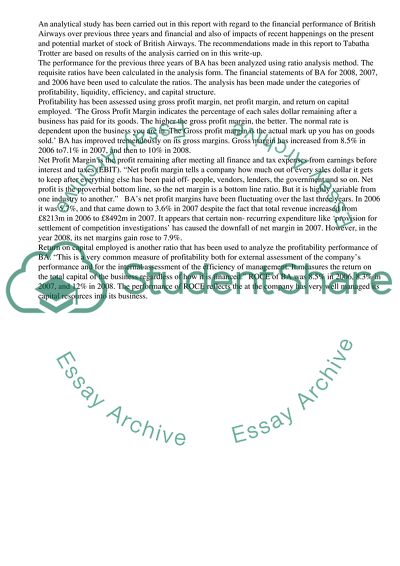Cite this document
(British Airways' Perspectives to Get Investments Research Proposal, n.d.)
British Airways' Perspectives to Get Investments Research Proposal. Retrieved from https://studentshare.org/business/1721439-investment-analysis-of-british-airways
British Airways' Perspectives to Get Investments Research Proposal. Retrieved from https://studentshare.org/business/1721439-investment-analysis-of-british-airways
(British Airways' Perspectives to Get Investments Research Proposal)
British Airways' Perspectives to Get Investments Research Proposal. https://studentshare.org/business/1721439-investment-analysis-of-british-airways.
British Airways' Perspectives to Get Investments Research Proposal. https://studentshare.org/business/1721439-investment-analysis-of-british-airways.
“British Airways' Perspectives to Get Investments Research Proposal”, n.d. https://studentshare.org/business/1721439-investment-analysis-of-british-airways.


